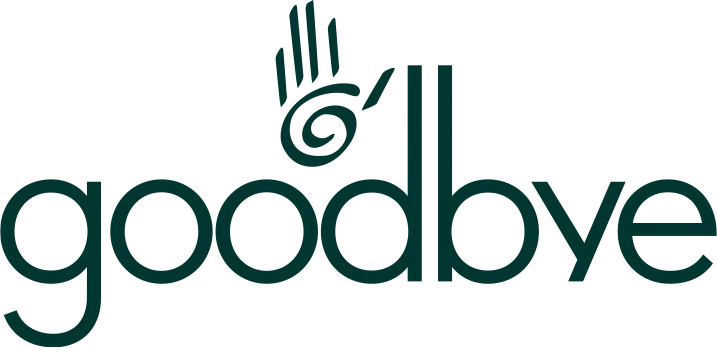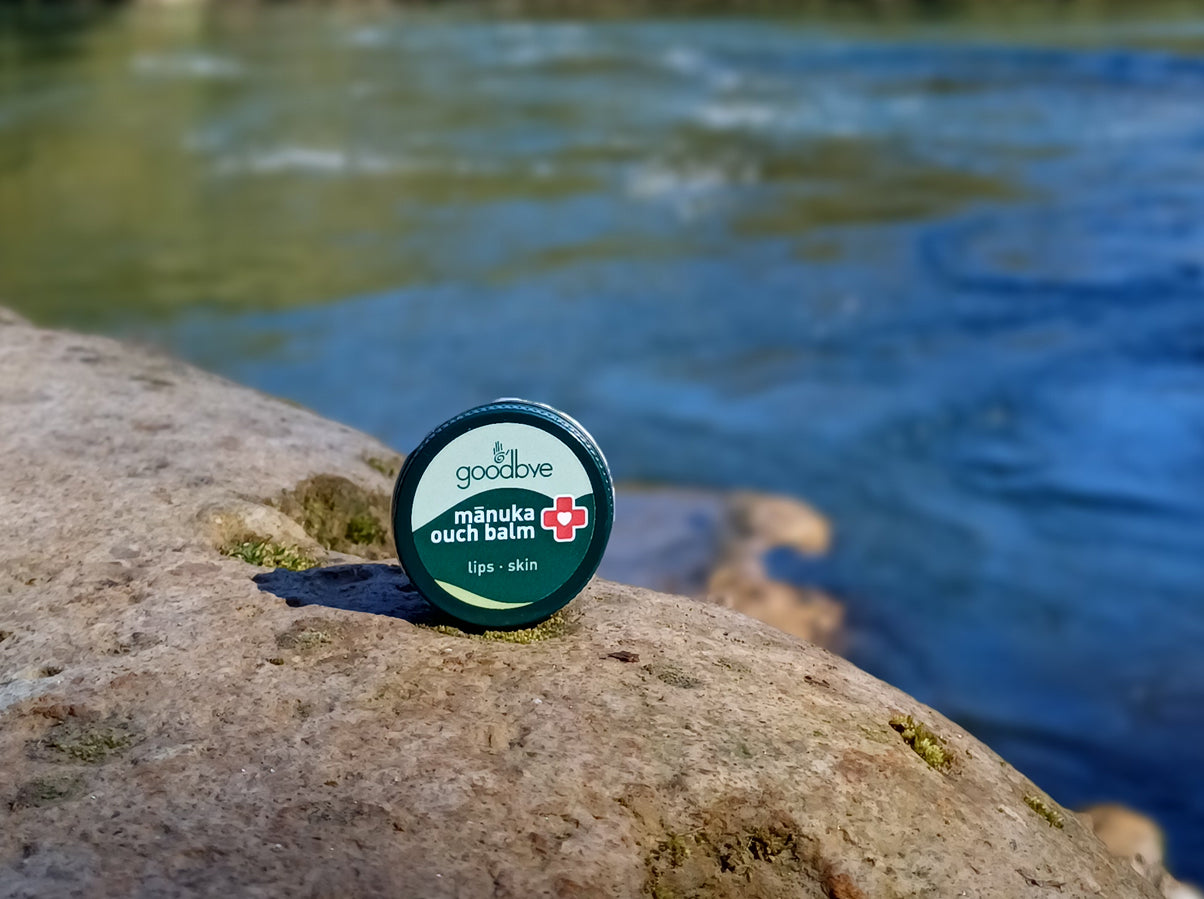Natural Sunscreen 101
Finally, a certified natural sunscreen that is a joy for your lips and skin.
When you first apply Sun Balm you will notice that it doesn’t smell like sunscreen. Instead, you smell rich aroma of Cocoa Butter* and Peppermint* with a note of Tamanu and Manuka emphasising that these ingredients are all good for your skin and lips.
Along with Jojoba*, Coconut Oil*, Beeswax*, Raspberry Seed, Meadowfoam, and Olive Oil, they have been chosen for their skin soothing, moisturising, anti-inflammatory, and antioxidant properties.
*certified organic
The rich organic oils and butters give Sun Balm variations in texture and help it melt smoothly and evenly on your skin and lips.
Sun Balm meets the ASNZ 2604:2012 sunscreen standard that Australia and New Zealand share. This product is tested through Eurofins/Dermatest in Australia, a highly respected lab.
Sun Gratitude ♡ Skin Respect
Sun Gratitude ♡ Skin Respect is an ethos that has developed from our love of the outdoors and the understanding that interacting with Nature provides the greatest joy in life. We just need to look after ourselves when we are out there.
Sun Gratitude is about acknowledging the SUN as a giver of Life. We need the sun. The Sun is not the bad guy, it is carrying on doing just what it has done for the last 5 billion years. Humanity has damaged the Ozone layer which now means we have to work harder to protect ourselves from UV damage.
Skin Respect is about while enjoying the Outdoors, we take care of our bodies and skin the best way we can. It’s about minimizing our time in the sun in the highest UV hours. It’s about covering up, so we need to use less sunscreen. When we do use a sunscreen, we want it to be a product that’s good for our lips and skin, and safe for our bodies and the environment.
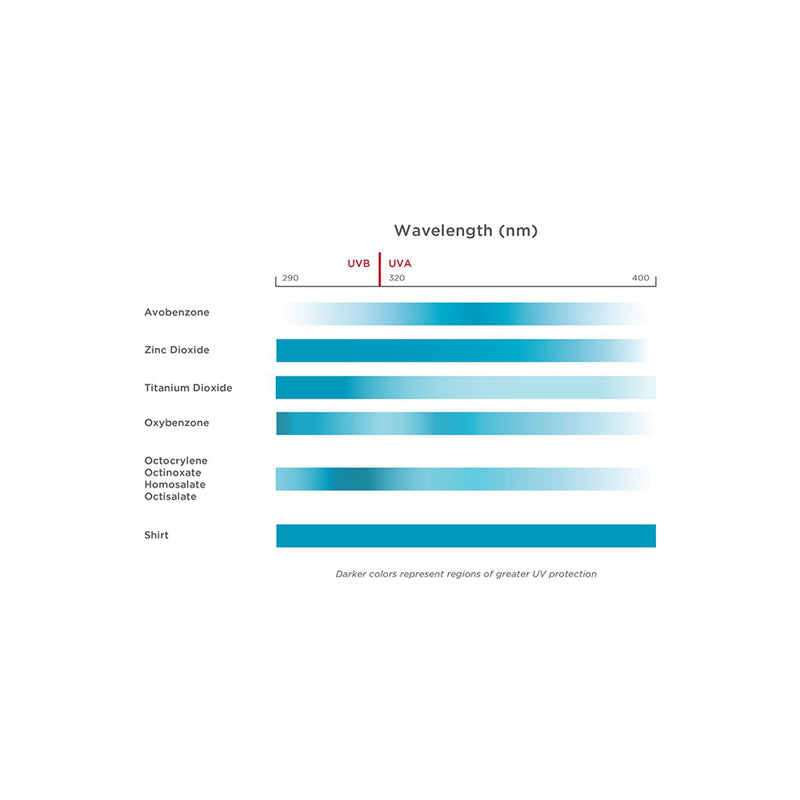
Broad Spectrum
Zinc Oxide offers the best range of broad spectrum protection of any UV filter, other than good clothing (which is why we also recommend for you to wear smart clothes and hat in the high sun hours). See Environmental Working Groups chart on relative performance of different filters in the UVA range.
In the early days of sunscreen making, manufacturers concentrated on the UVB spectrum of light, which is the one that causes sunburn. Scientists began to learn that protecting from UVA was just as important, and government regulatory agencies are working to catch up.
The AS/NZS 2604 Sunscreen Standard was updated in 2012 to include a “broad spectrum” definition and testing.
Sun Balm passes the AS/NZS 2604:2012 standard, which includes one of the highest broad spectrum standards in the world.
Broad Spectrum Around the World

Not all “broad spectrum” sunscreens mean the same thing. As of 2012, Europe, Australia and New Zealand share a definition of broad spectrum that is much stricter than many countries including the USA, and this is part of the ASNZ 2604: 2012 standard which is now mandatory in New Zealand (as of September 2022)
This is US Environmental Working Group comments on the US FDA sunscreen standard as compared to the EU (and Australia and New Zealand).
“The FDA considered a similar system for rating UVA, but instead, in 2011, set weak UVA protection rules that enable nearly every product to achieve a passing grade without reformulation, and permitted those products to advertise “broad spectrum” protection.”
and
“The available data on sunscreen performance in these regards is generally several years behind, or sometimes includes formulations that are outdated or only allowed in other countries. Yet, collectively, it suggests that sunscreens are not as effective in preventing free radical formation, immune system suppression and DNA damage as they are in preventing tanning and sunburn.”
and
“By all accounts, UVA protection remains a challenge for U.S.-made sunscreens. EWG analysis suggests that many products bearing the “broad spectrum” label could not be sold in Europe, where UVA protection must be at least one-third as strong as the labeled SPF value of the product. According to our modeling, only 3 percent of beach and sport sunscreens would fail the FDA critical wavelength test for broad spectrum protection. Yet we estimate that 49 percent of the more than 750 beach and sport sunscreens in our 2016 database pass the FDA broad spectrum test but would not pass the European UVA test.”
Environmental Working Group has been in the sunscreen landscape for many years, working to educate and protect consumers. They have many articles on this topic.
More on Broad Spectrum Coverage from Environmental Working Group
Testing & Re-testing
After years of working voluntarily with the sunscreen standard, New Zealand has now adopted this standard as mandatory for sunscreens.
We were part of the submission process in support of making this standard mandatory.
There's more work to be done. Testing procedures are refining, working to decrease variability of results between labs. And re-testing protocols are being considered, but not mandated at this time.
The Therapeutic Products Bill has recently passed 26th July 2023 with the inclusion of sunscreen as a Therapeutic Product. The regulations for the Therapeutic Products Act are yet to be written and won't come into effect until the end of 2026. This means there will be a period of uncertainty around those new regulations, with changes to testing requirements, application and assessment process and increased fees likely.
With the updated standard ASNZ 2604:2021 expected to be formally adopted, this is an opportunity for all companies to re-test sunscreens from scratch in the next few years.
We are committed to remain engaged and proactive in the sunscreen regulation landscape.
Issues of Efficacy over Time
We recommend that you keep your sunscreens fresh. Renew your supply each season.
Chemical absorbers are vulnerable to degradation over time and with heat, so how a product ages in the tube is really important.
Mineral sunscreen agents like zinc oxide and titanium dioxide don’t degrade over time, but the trick with these ingredients is keeping them smoothly mixed. They are heavy ingredients with a tendency to clump and sink. They also oxidise the other ingredients in the formula when exposed to heat and air. Again, over time, this can mean a change in the performance of the sunscreen.
It’s also important to re-test batches as they age.
We agree that re-testing is critical for sunscreens if you change the formula. Small formula changes can have large consequences.
Sun Balm Test Results
Goodbye OUCH Sun Balm was released in 2018, and to give us complete confidence in the product, we tested it through twice at two different performance points. These were completed between May and July 2018. A complete test with 10 people with sunscreen applied and then their skin immersed in water for 2 hours and then tested for SPF yielded an average above SPF 50.
A second complete test with a different 10 people had sunscreen applied, with their skin immersed in water for 4 hours. Their average test results yielded above SPF 40.
As importantly, and as part of the standard, we tested for critical wavelength, which is the UVA or part of the broad spectrum coverage in a sunscreen. ASNZ 2604: 2012 has the highest requirement for Broad Spectrum coverage in the world. It not only requires that the skin is protected at a certain spectrum of UVA, but that it is balanced to the coverage of the UVB. Sun Balm passes this critical wavelength and protection factor test.
In addition to the standard, we batch test every batch with a three person SPF test to give an indication that each batch of sunscreen we make is in line with our original testing.
We have 3-person SPF tested our natural sunscreen throughout the natural ageing of the product to it's Use By date. This confirms that the product maintains it's efficacy and remains true to label throughout its ageing.
The lab that we use is Eurofins-Dermatest based in Australia, a long-standing and highly regarded leader in the sunscreen testing space.
Beyond the Standard
High compliance and reliability in SPF labelling is a good beginning. An understanding of Broad Spectrum and testing critical wavelength is also key. However, with marine toxicity issues, people toxicity issues, and oxidative stress studies on certain UV absorbing ingredients there's more to be done. The landscape for what makes a good, reliable sunscreen is broader than the standard.
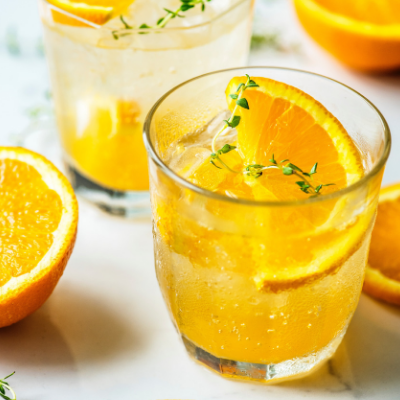
Antioxidant Rich
All of our ingredients have been selected for their skin benefits including skin soothing, moisture control and antioxidant richness. Why is that important? Well, antioxidants fight or neutralise Free Radicals which can cause skin damage including cell damage, photo- aging, and potentially skin cancer.
Free Radical generation or oxidative reactions occur when our skin comes into contact with environmental factors such as UV rays, pollution, and some chemicals. It is estimated that UV radiation accounts for up to 80% of this Free Radical generation.
Our bodies are blessed with its own system of antioxidant defense that mobilises to fight the Free Radical challenges that occur on our skin. And generally it does a great job of it. But when it is overwhelmed and can’t cope, the skin is said to be under oxidative stress. Our natural defense system gets weaker with age, and when we are sick. It also can’t cope when we are exposed to too much sun or other environmental stressors.
Studies have shown that topical antioxidants when applied to the skin BEFORE you go into the sun may reduce Free Radical generation.

Water Resistant
Sun Balm tested at SPF 50 and 2HRS water resistance and SPF 40 and 4HRS water resistance. We are extremely proud of that.
What this means is that testing after 2 hours in the water on 10 people the results came in above 50SPF. AND on a whole different set of people, after 4 hours in the water, the tests still came in at above 40SPF. We know the anhydrous formula and photostability of Sun Balm has a lot to do with those results.
For product maker, John, a surfer and white water kayaker, who is bald and fair-skinned, great water resistance was paramount. Coming out of the water after hours in the surf you can still feel the product on your skin, working hard. Surf is the ultimate test for water resistance.
THIS IS A PRODUCT DESIGNED FOR WATER SPORTS.
Certified Natural
Every Goodbye is NATRUE certified. This is a big deal. We chose to undergo NATRUE’s audit process, which is administered here in New Zealand by BioGro, because they are the most stringent natural cosmetics certification in the world.
Some people, even within the natural products industry, questioned whether the effort and cost would be worth it. They suggested that the consumer was not yet ready to care about certification. Yet how else can we participate in the process of maturing the natural products industry?
NATRUE gives us an umbrella to tell our story in connection to other businesses that have made this same commitment.
For you as a consumer, NATRUE gives you a quick and very robust reassurance that if you see their logo, that product has passed a rigorous examination process, and is the real thing. It gives you peace of mind that a product is TRULY Natural.
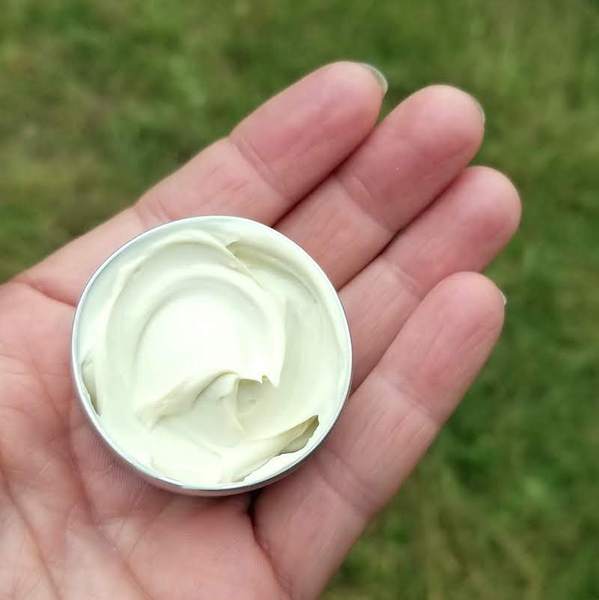
Anhydrous
Anhydrous means there is no water in the formulation. This aspect is important to Sun Balm for several reasons. All ingredients have a job to do, providing nutrient and antioxidant support. It is also a key to the high water resistance.
Water-free helps you get good coverage on your skin. Many sunscreens with a water base and lotion feel rub in so thinly that they may not be providing the protection you think. Sunscreens are tested at 2mg/ cm2. If you are spreading yours thinner than that, you will not be protected to the claimed SPF.
Another major gift of anhydrous formulation is its photo stability.
Photo Stable

Our sunscreen is extremely Photo Stable.
What does this mean? It means that there is minimal discernable drop in SPF in testing from Pre Irradiation to Post Irradiation. In other words when you are out in the Sun the SPF and UVA protection will continue to be the same as what it tested at. Our UVASPF testing showed negligible drop in performance between pre and post irradiation indicating that it was highly photo- stable. Photo – stable sunscreens also generate minimal Free – Radicals.
EWG in “Methodology for Assessing Sunscreens” rates Zinc Oxide as completely photo-stable with no degradation.
Many sunscreen ingredients, especially the chemical UV absorbers experience a significant drop in performance when subjected to UV radiation. Coupled with this the energy absorbed from the sun by these chemical UV absorbers that causes the performance to drop actually incites Free Radical generation. To get around this, some formulators have had to add other chemical ingredients to stabilize the active UV filter.
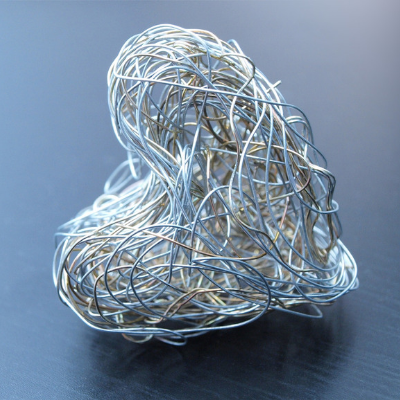
Zinc Oxide
There is documented use of zinc in skincare and lip balm applications for thousands of years.
Until recently, Zinc Oxide was associated with the film of white on lifeguard noses and only the most devoted natural types would be happy sporting the white look.
Thankfully, zinc oxide formulating has progressed to allow for a more cosmetic look and feel, as well as enhancing broad spectrum sun protection.
Our Zinc Oxide is approved for use in Sunscreens in all major regulatory markets including the EU, USA, Australia, and NZ.
It is also ECOCERT and NATRUE approved for use in Natural Products.
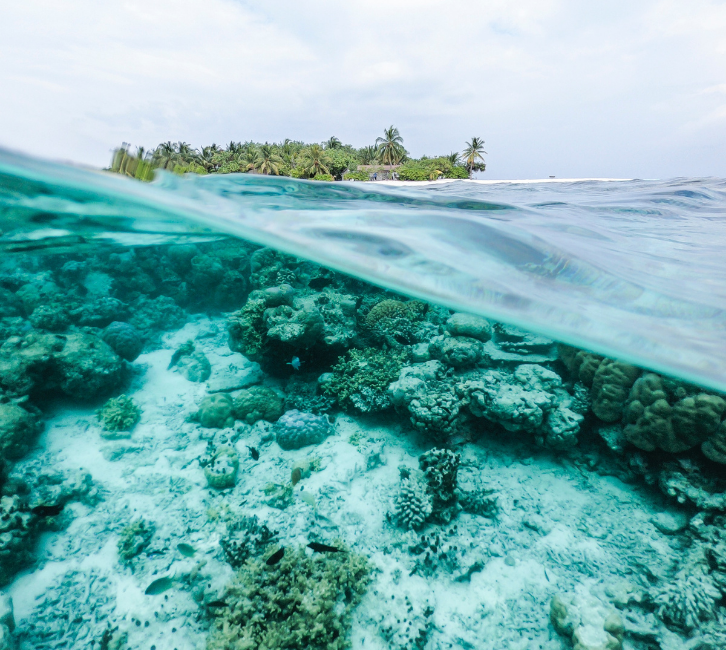
Reef Safe
Sun Balm’s active is Zinc Oxide. According to Sustainable Tourism Hawaii, "Zinc oxide is a naturally occurring mineral and is considered safer for you and the environment."
Zinc Oxide is relatively insoluble in seawater. It is a mineral that is likely to settle on sea floor in sedimentary layer. In contrast chemicals like Oxybenzone are highly mobile and can spread far and wide by ocean currents.
Sun Balm has a high water resistance, meaning that not much washes off into the water. The less that washes off, the better for the environment.
The rest of our inactive ingredients are plant oils, cocoa butter and beeswax, most certified organic. These are all biodegradable and safe for the environment.
The International Program on the State of the Ocean initiated an independent non-profit organisation called MarineSafe. “MarineSafe is a campaign that aims to reduce the number of toxic chemicals and plastics finding their way into the ocean through replacement, management and user engagement.” With a team of researchers, they have identified many more chemicals that are commonly found in personal care products like shampoo, conditioner, skin lotions, and makeup. They list many ingredients but don't identify Zinc Oxide as a ingredient of concern.
Nano Overview

The zinc we are using is exceptional. It is made up of primary nano (very small) particles in the tens of nanometers range. These small particles form aggregates (clusters of nanoparticles with very strong bonds) that make up a nano porous structure with a secondary particle a few microns to tens of microns in size. Larger aggregates have a unique porous structure that provides a closer match between the refractive index of the particle and the refractive index of the emollient, resulting in high transparency.
The unique aggregated porous structure provides both high UVB SPF and UVA protection.
Many sunscreens claim to be “non-nano”. EWG- Environmental Working Group in the USA, a respected independent NGO that does a lot of sunscreen testing had this to say:
“A number of companies sell products advertised as containing “non-nano” titanium dioxide and zinc oxide. These claims are generally misleading. While particle sizes vary among manufacturers, nearly all would be considered nanomaterials under a broad definition of the term, including the definition proposed in 2011 by the federal Food and Drug Administration (FDA 2011b).”
Nano is a very big topic around very small particles.
Several well respected organisations around the world have conducted rigorous reviews of all the science available to date on nano zinc oxide: The EU Scientific Committee on Consumer Safety, the Australian TGA and USA’s Environmental Working Group.
The EU SCCS indicated that
“there is no evidence for the absorption of zinc oxide nanoparticles through skin and via the oral route. In the Margin of Safety calculation, the calculation of the exposure to zinc oxide nanoparticles results in acceptable Margin of Safety for both the oral and dermal routes. The SCCS later confirmed that zinc oxide nano may be used in cosmetic products other than sunscreens, intended for dermal application.”
We were concerned enough by the debate to not just rest on the laurels of these 3 organisations, but have done our own research into the available studies and data. We hold on file copies of many of the studies. We have essentially come to the same conclusion.
While there are no absolutes, with the balance of UV and environmental factors, as well as the research coming through on chemical and badly balanced UVA/UVB sunscreens, we are grateful for Sun Balm and trust in its safety and efficacy.
No Oxybenzone
Products that you put on your body can find their way into oceans. There is a growing awareness that a there are a number of chemicals that are toxic to marine life and the reef environments. In July 2018, Hawaii signed a bill to ban as of January 1, 2021 two very common chemical sunscreen ingredients: oxybenzone and octinoxate. In November 2018, Palau became the first nation in the world to ban certain ingredients in an effort to protect the marine environment.
Certified Natural Ingredients
Sun Balm ingredients are chosen for many properties, not just SPF factors, but for hydration, skin soothing, anti-inflammatory and antioxidant rich characteristics. And as importantly, for extraordinary skin feel. This product is a treat to use. There’s not many sunscreens you can say that about.
